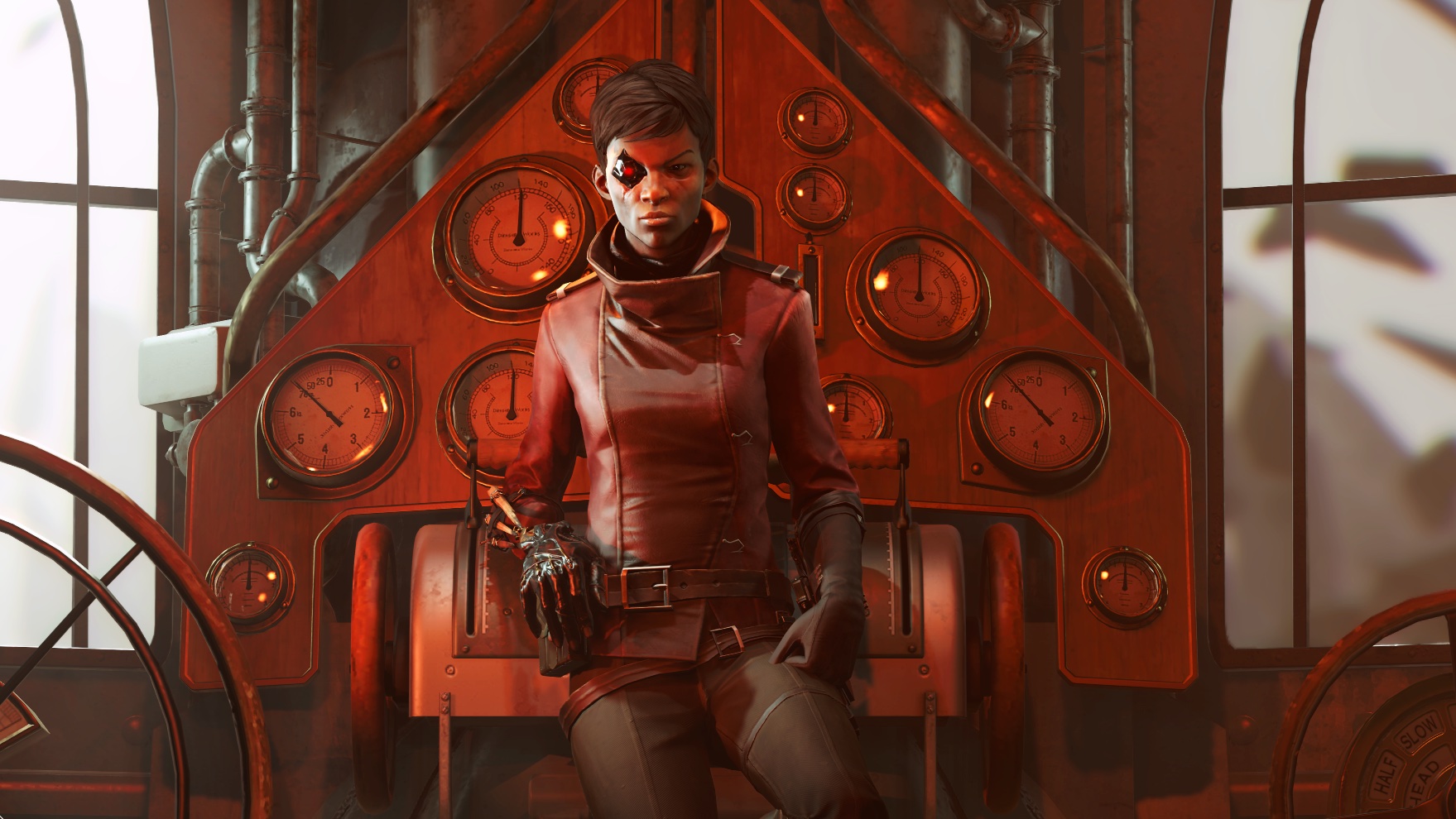You might want to like Underworld Ascendant or you may think that you should. It’s sold as the spiritual successor to the godfather of the immersive sim genre, Ultima: Underworld. And it tries to tap into that magical genre building, but something has gone wrong. It’s meant to the king of systemic games, but it just doesn’t work due to how pitifully it tries to immerse the player. And given how “immersive” is in the genre title, that’s a problem.
The immersive sim genre is old and came ahead of its time. Rather than linear puzzle solving, immersive sims theoretically create several overlapping systems that exist outside of the player but can still be manipulated and exploited to complete tasks. These systems, often based on the internal logic of the game, allow the design and structure to become more freeform. This can mean that there is no “correct” solution to the challenges the player will face, or that there are at least several possible solutions. It is then up to the player to achieve their goal by whatever means works for them using these systems.
The Dishonored series used a systemic approach to game design that allowed players to explore various playstyles and dozens of opportunities to complete every assassination. Deus Ex used a similar formula, only with a cyberpunk setting. Human Revolution was infamous for the popular trick where players would slowly creep forward while holding a fridge to hide their approach from guards. This used the overlapping stealth system and the strength system that allows you to carry heavy objects.
Expelliarmus!

And the recent cult hit Prey let players unlock doors by either finding the code, using their foam crossbow through a window to hit the button inside the room, or transforming into something small to slip through yourself a small opening. These systems and options of play don’t just exist for prescribed challenges, and can be used however the player can imagine using them. Like in Breath of the Wild which has adopted some of these systemic designs and has weather and electricity systems that can be manipulated to solve puzzles or defeat enemies.
Underworld fails at this almost immediately because the world just doesn’t work. The levels are drab and unrealistic dungeons that have no consistent logic needed for the player to experiment with. You should be able to imagine how manipulating the systems could work together instinctively in immersive sims, but Underworld’s design is opaque and uneven. A common systemic device is throwing an object at a switch to open a door. It is hardly new or revolutionary, but Underworld unnecessarily lifts the object unnaturally above you for some reason, making the whole mechanic feel abnormal.
The magic in the game world feels completely unintuitive as well. Dishonored gives the player a handful of abilities that can be used in multiple ways for various playstyles. Underworld on the other hand, gives you strangely precise magical items that leave little wiggle room to experiment with. A enchanted wand allows the player to move wood. But that is the only ability it grants, and there are only a few ways to experiment with it when locked inside a stone room with a wooden door.
The game’s endless corridors and mid-sized rooms rarely give the player any freedom to actually explore. While the limited scenery does change occasionally to make it feel like you’ve progressed, the systems that are meant to make up the core of the game experience are never fully developed. Most situations in Underworld leave the player with one goal, the exit, and a singular set path to achieve it. This is made more frustrating by the game’s constant insistence that it is open-ended and offers an immersive experience.
Long live the Outsider

Dishonored 2‘s excellent standalone expansion shows exactly how immersive games should behave. The level design in Death of the Outsider is detailed and interesting, with believable locations and characters, but the bank heist level excels with numerous optional goals and multiple ways to complete each one. There were multiple different ways to enter the bank and a slew of alternate routes within it.
Underworld seems to try understand the principles of an immersive sim, but it hardly gives players the tools to think outside of the box. Perhaps it followed the formula too strictly and created too many systems that don’t all overlap in interesting and meaningful ways. Underworld is filled with unique enemy encounters, but the methods to defeat and overcome them are obscure and unsatisfying when they barely relate to the other puzzles surrounding them. Without constant and more importantly consistent overlapping mechanics, the world struggles to hold itself together. And when these loose systems barely make the world believable and the story is also a letdown, Underworld struggles to find a place among the genre it supposedly help create.







